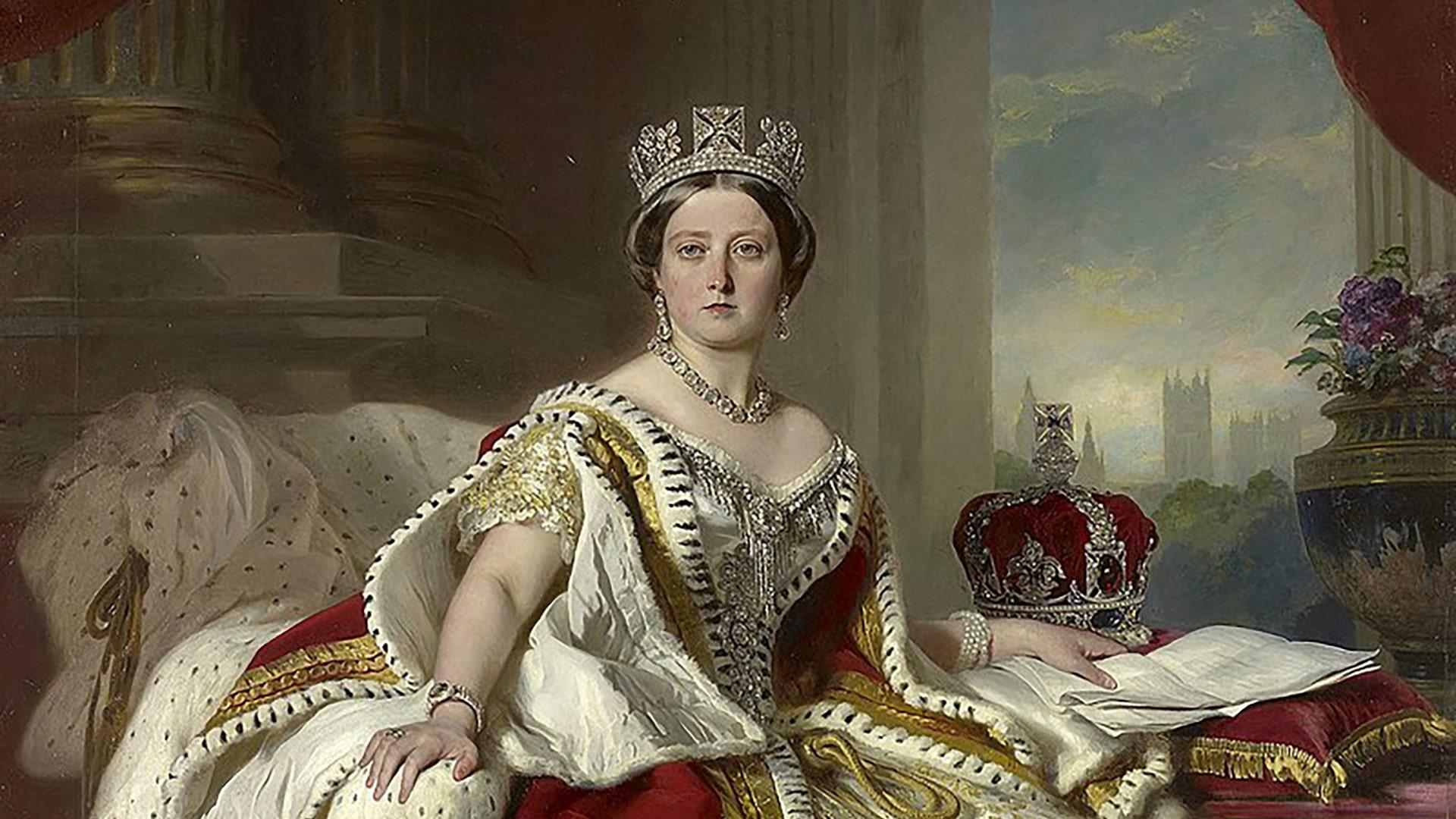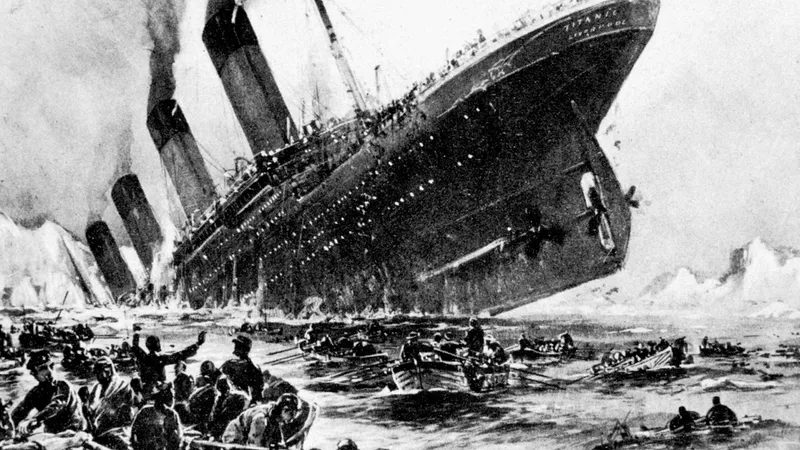
The History of the First Female Ruler of England: Queen Victoria
The Reign of Queen Victoria: A Comprehensive History of Britain’s First Female Empress
Queen Victoria’s reign, spanning from 1837 to 1901, represents a pivotal period in British history. More than just a long tenure on the throne, her 63 years witnessed unprecedented social, economic, and political transformation, solidifying Britain’s position as a global superpower and leaving an indelible mark on the world. This comprehensive exploration delves into her life, her reign, and the enduring legacy of the Victorian era.
I. Early Life and the Shaping of a Monarch:
Alexandrina Victoria, born on May 24, 1819, at Kensington Palace, was an unlikely candidate for the throne. Her father, Prince Edward, Duke of Kent and Strathearn, the fourth son of King George III, died when she was just eight months old. This left her upbringing primarily in the hands of her mother, Victoria of Saxe-Coburg-Saalfeld, a German princess with strong opinions and a somewhat unconventional approach to parenting.
Victoria’s early education was carefully orchestrated. While not overly rigorous by modern standards, it provided a solid foundation in languages, history, and music, deliberately cultivating an appreciation for British culture and heritage. Her mother, however, consciously emphasized her German roots, fostering a strong connection to her Saxe-Coburg family that would influence her later alliances and political decisions. This blend of British and German influences shaped her personality, instilling a sense of duty, a strong will, and a pragmatic approach to governance. The lack of close sibling relationships further solidified her independence and fostered a self-reliance that served her well throughout her reign. The absence of a close male figure, beyond the distant influence of her uncles, also contributed to her unique leadership style.
The trajectory of her life took a definitive turn with the deaths of her uncles, King George IV in 1830 and King William IV in 1837. Both uncles lacked legitimate heirs, placing Victoria directly in the line of succession. This relatively sudden ascension to the throne at the age of 18, thrusting her into the complexities of British politics and the expectations of a vast empire, marked the beginning of a remarkable and transformative reign. The transition was not without its challenges; concerns existed regarding her youth and inexperience, particularly amongst the older generation of politicians who were used to dealing with established male monarchs. Yet, Victoria’s inherent strength and her astute political maneuvering, guided by her early mentors, quickly quelled these concerns. Her coronation on June 28, 1838, at Westminster Abbey, was a pivotal moment, not only for her but for Britain, as it heralded the arrival of a new era under female leadership.
II. The Ascendance to Power and the Navigating Early Political Landscapes:
The early years of Victoria’s reign were a delicate balancing act between her personal ambitions and the demands of the British political landscape. The era was marked by significant political and social upheaval. The Reform Act of 1832 had only recently expanded the electorate, ushering in a new era of political reform and the rise of liberalism. The Industrial Revolution, with its attendant social and economic consequences, was reshaping British society at an unprecedented pace, creating a complex web of challenges and opportunities.
Victoria’s relationship with her first Prime Minister, Lord Melbourne, was crucial in navigating these turbulent waters. Melbourne, a Whig, provided crucial guidance and mentorship, teaching her the intricacies of governance and the art of political compromise. He skillfully guided her through the complexities of parliamentary procedures, helping her understand the delicate balance of power between the monarchy and the government. This mentorship allowed Victoria to gradually assert her authority and develop her own political acumen. The early years also saw Victoria grapple with the delicate balance of power within the royal family. Her relationship with her uncle, Leopold of Saxe-Coburg, was crucial, as he provided political advice and guidance based on his own experience in navigating European diplomacy.
III. The Golden Age and the Consolidation of Power:
The period from the 1840s to the mid-1850s is often referred to as the “Golden Age” of Victoria’s reign. This era was characterized by a confluence of factors that propelled Britain to new heights of power and influence. The marriage of Victoria to her cousin, Prince Albert of Saxe-Coburg and Gotha, in 1840, proved transformative. While initially met with some resistance due to Albert’s German origins, their marriage became a symbol of stability and domestic bliss, projecting an image of a strong, unified monarchy. Albert, a man of considerable intellect and political acumen, quickly became Victoria’s closest advisor and confidante, playing a significant role in shaping her policies and decisions. His influence was evident in many areas, including the promotion of the arts, sciences, and education.
The expansion of the British Empire during this period was another defining characteristic of the Golden Age. Victoria’s reign oversaw the annexation of vast territories in India, Africa, and other parts of the world, establishing Britain as the dominant global power. This expansion brought significant economic benefits but also raised ethical concerns, shaping debates around colonialism and imperialism that continue to resonate today. The economic prosperity fueled by industrialization further enhanced Britain’s global standing, providing the resources to invest in infrastructure, education, and the military. This prosperity, combined with the relative stability of the political landscape, fostered a climate of cultural flourishing. The Victorian era saw the rise of prominent writers like Charles Dickens and the Brontë sisters, artists like the Pre-Raphaelites, and architects who redefined the urban landscape. This cultural dynamism enhanced the prestige of Britain under Victoria’s reign.
IV. The Impact of Albert’s Death and Navigating Personal Loss:
The death of Prince Albert in 1861 was a profound personal tragedy for Victoria. Her grief was intense and public, leading to a period of seclusion and withdrawal from public life. This period, lasting several years, marked a significant shift in her style of governance and her public image. While she continued to fulfill her duties as monarch, she largely relinquished much of the public life that had characterized the Golden Age, leading to some speculation about her fitness to rule. The public mourning for Albert also solidified his posthumous image as a devoted husband and steadfast advisor. Victoria’s subsequent wearing of black mourning attire for the rest of her life became symbolic of her enduring love and loss, contributing to both her image and the public’s perception of the monarchy.
The loss of Albert also forced Victoria to adapt her leadership style. She increasingly relied on her own judgment and her trusted advisors, developing a more independent and assertive approach. This period also witnessed Victoria’s continued commitment to promoting charitable causes and the welfare of her people. Her growing philanthropic activities helped to redefine her image as a caring and empathetic figure, mitigating the perception of her reclusiveness.
V. The Later Years: Maintaining Power and Influence:
Despite the personal tragedy of Albert’s death, Victoria’s reign continued for another four decades. The latter part of her reign saw the further expansion of the British Empire and continued industrial growth, but it also witnessed growing social and political tensions. The rise of socialism and labor movements challenged the existing social order, prompting debates about the role of government in addressing social inequalities. The increasingly vocal demands for political reforms pushed the boundaries of constitutional monarchy. Victoria, however, demonstrated a pragmatic approach, balancing her conservative values with carefully considered concessions to the changing times. She skillfully navigated these challenges, maintaining her authority and ensuring the stability of the monarchy. She played a critical role in maintaining the equilibrium between different political factions, preventing major upheavals that could have destabilized the nation.
The Diamond Jubilee celebrations in 1897 marked a significant moment of reconciliation and renewed public affection. The spectacle underscored the enduring popularity of the monarchy and Victoria’s remarkable endurance as Queen. Her role as a symbol of national unity and imperial power was reaffirmed. The celebrations showcased a powerful image of a resilient empire, despite the internal tensions and external challenges.
VI. Legacy and the Enduring Impact of the Victorian Era:
Queen Victoria’s death on January 22, 1901, marked the end of an era. Her 63-year reign, the longest of any British monarch until Queen Elizabeth II, profoundly shaped British society and left a lasting legacy on the world. The Victorian era, synonymous with her reign, witnessed remarkable progress in science, technology, and the arts, but also significant social and economic inequalities. The era is remembered for its industrial innovations, its imperial expansion, and its complex social structures.
Victoria’s reign saw significant advancements in transportation, communication, and manufacturing, fundamentally transforming British society and its relationship with the rest of the world. The railway network expanded rapidly, connecting distant parts of the country and facilitating trade. The telegraph revolutionized communication, shortening distances and accelerating the flow of information. Advances in manufacturing led to the mass production of goods, creating new economic opportunities but also exacerbating existing social inequalities. These advancements laid the foundation for Britain’s rise as a global industrial and commercial leader.
Her personal life, marked by both immense joy and profound sorrow, became a powerful narrative that resonated with the public. Her enduring image, often depicted as a stern but caring figure, cemented her iconic status. The mythos surrounding her has endured, influencing literature, art, and popular culture. Her impact is still seen in the architecture, political structures, and social values that continue to shape modern Britain. The enduring legacy of Queen Victoria is complex and multifaceted, reflecting the era she dominated: a time of unprecedented progress and profound societal change. Her reign stands as a testament to a strong-willed woman who successfully navigated the complexities of a rapidly changing world, leaving behind a legacy that continues to shape the understanding of monarchy and the British Empire. Her reign serves as a study in leadership, resilience, and the enduring power of a strong image and a steadfast commitment to duty.


